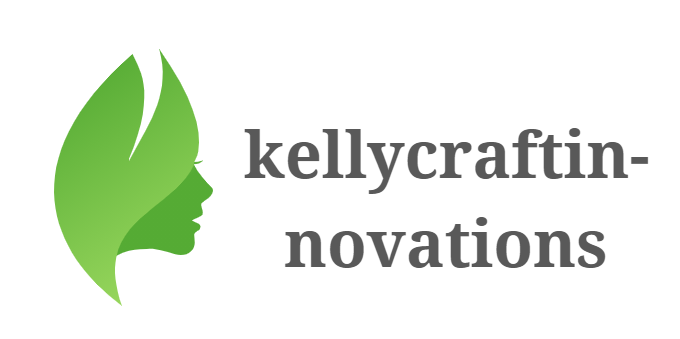Empty Auxiliary Areas (HSS) channels are prized for their flexibility, quality, and stylish requests, finding broad utilization in development and design. Proficient and secure strategies for joining HSS channels are basic to preserve basic judgment and guarantee ideal execution in assorted applications, from bridges and buildings to mechanical structures, visit page for further necessary information.
Connectors for Joining HSS Channels
This comprehensive direction investigates distinctive sorts of associations utilized for joining HSS channels, diving into their characteristics, preferences, and commonplace applications.
Welded Associations
Welded connections are one of the foremost common strategies for joining HSS channels, advertising a few sorts counting butt welds, filet welds, and groove welds, each with one-of-a-kind focal points suited to particular applications. These associations give a solid and lasting bond capable of withstanding tall loads and stresses, making them perfect for structural applications.
The clean appearance of welded joints is additionally useful for building purposes. Broadly utilized in development, bridges, and seaward structures, welded associations ensure strength and solidness. They are particularly favored in applications where joints have to stand up to noteworthy loads and stresses, in this way keeping up the judgment and security of the general structure.
Blasted Associations
Blasted associations are another well-known strategy for joining HSS channels, highlighting common sorts such as shear associations, minute associations, and slip-critical associations, each custom-fitted to meet particular necessities. These associations offer a few preferences, counting ease of establishment and the capacity to dismantle the joint in case vital.
They too give adaptability in arrangement amid development, which is especially advantageous in field conditions. Blasted associations are broadly utilized in pre-assembled structures, brief developments, and applications where speedy get-togethers and dismantling are required. They are moreover perfect for circumstances where welding is unreasonable or not allowed due to security concerns, guaranteeing both common sense and flexibility in different development scenarios.
Sleeved Associations
Sleeved associations include utilizing an outside sleeve that fits over the closes of the HSS channels to be joined, with the sleeve at that point welded or blasted to the channels, making a secure association. This strategy gives a clear and successful way to connect HSS channels, particularly when managing channels of diverse breadths.
Sleeved associations permit a few misalignments and can suit slight varieties in pipe measurements, making them flexible and common. Ordinarily utilized in brief structures, scaffolding, and other applications where speedy gathering and dismantling are required, they are too perfect for repair works where existing channels ought to be joined with unused segments.
Stick Associations
Stick associations utilize a stick to connect HSS channels through adjusted gaps, secured with cotter pins, jolts, or other locking instruments to guarantee solidness. These associations are straightforward to introduce and give a secure joint without the requirement for welding or blasting.
Also, they permit rotational development around the stick hub, which can be profitable in certain basic applications. Stick associations are commonly utilized in trusses, transitory bolsters, and structures where rotational development is required. They are moreover perfect for applications requiring fast get-together and dismantling, such as in framework and organized development, advertising both common sense and adaptability.
Cement Associations
Cement associations include utilizing high-strength cement to bond HSS channels together by applying the cement to the surfaces to be joined and clamping the channels until the cement cures. These associations give a clean and stylishly satisfying joint without the requirement for welding or mechanical latches, and they convey loads equally over the joint, diminishing stretch concentrations. Cement associations are especially valuable in applications where aesthetics are vital, such as in architectural structures.
Conclusion
The different sorts of associations for joining HSS channels offer particular points of interest and are suited to diverse applications. Welded and bolted associations give solid and changeless joints, whereas sleeved, stick, cement, and mechanical connectors offer adaptability, ease of getting together, and stylish benefits. Understanding the characteristics and applications of each association sort is fundamental for selecting the fitting strategy for particular development and building projects. By choosing the proper association strategy, engineers and builders can guarantee the auxiliary astuteness, execution, and life span of HSS pipe structures.


